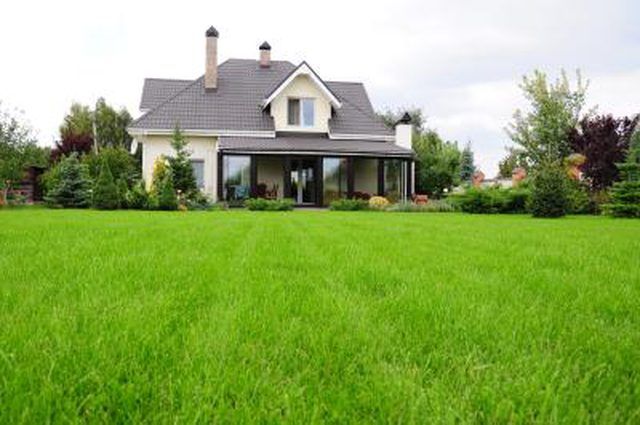Bulbs
Flower Basics
Flower Beds & Specialty Gardens
Flower Garden
Garden Furniture
Garden Gnomes
Garden Seeds
Garden Sheds
Garden Statues
Garden Tools & Supplies
Gardening Basics
Green & Organic
Groundcovers & Vines
Growing Annuals
Growing Basil
Growing Beans
Growing Berries
Growing Blueberries
Growing Cactus
Growing Corn
Growing Cotton
Growing Edibles
Growing Flowers
Growing Garlic
Growing Grapes
Growing Grass
Growing Herbs
Growing Jasmine
Growing Mint
Growing Mushrooms
Orchids
Growing Peanuts
Growing Perennials
Growing Plants
Growing Rosemary
Growing Roses
Growing Strawberries
Growing Sunflowers
Growing Thyme
Growing Tomatoes
Growing Tulips
Growing Vegetables
Herb Basics
Herb Garden
Indoor Growing
Landscaping Basics
Landscaping Patios
Landscaping Plants
Landscaping Shrubs
Landscaping Trees
Landscaping Walks & Pathways
Lawn Basics
Lawn Maintenance
Lawn Mowers
Lawn Ornaments
Lawn Planting
Lawn Tools
Outdoor Growing
Overall Landscape Planning
Pests, Weeds & Problems
Plant Basics
Rock Garden
Rose Garden
Shrubs
Soil
Specialty Gardens
Trees
Vegetable Garden
Yard Maintenance
How to Plant Kentucky 31 Fescue
How to Plant Kentucky 31 Fescue. High-traffic, all-purpose and low-maintenance, "Kentucky 31" tall fescue (Festuca arundinacea "Kentucky 31") is versatile enough for everything from backyards to ball fields in U.S. Department of Agriculture plant hardiness zones 3 through 6. Considered an "old standby" by the USDA,...

High-traffic, all-purpose and low-maintenance, "Kentucky 31" tall fescue (Festuca arundinacea "Kentucky 31") is versatile enough for everything from backyards to ball fields in U.S. Department of Agriculture plant hardiness zones 3 through 6. Considered an "old standby" by the USDA, "Kentucky 31" does well on poor soil but thrives on fertile ground, so it rarely needs more than a starter fertilizer and once-a-year feeding for optimal growth.
Things You'll Need
Soil test
Compost
Tiller
Landscaping rake
24-25-4 NPK wettable fertilizer
Drop spreader
7 to 10 pounds "Kentucky 31" per 1,000 square feet
Light yard rake
Yard roller
Test the soil's pH and potassium and phosphorous levels three to six months before the last frost of spring. Amend the soil to a pH between 5.5 and 7.0 and add potassium and phosphorous fertilizer if the test indicates need.
Clear the area of debris and cut any patches of grass as low as possible in spring after the last frost. Pull weeds by hand.
Till in 4 to 6 inches of compost or black peat 8 to 10 inches deep in the soil; use 4 inches on loamy soil and 6 inches on clay. Work the soil until it's about the size of marbles and peas.
Level the surface as evenly as possible using a landscaping rake. Rake the lawn in rows in one direction, then in rows in the perpendicular direction. Remove rocks and debris as you rake.
Apply 2 ounces of 24-25-4 NPK starter fertilizer per square yard using a drop spreader. Rake the fertilize into the top 2 or 3 inches of soil.
Measure 7 to 10 pounds of "Kentucky 31" for every 1,000-square-foot plot. Use 9 to 10 pounds of seed if you previously had patchy grass. Divide the seeds in approximately equal halves; keep the portioned seeds separate.
Load the seeds in a drop spreader and sow them in rows in one direction. Sow the other half of the seeds in rows perpendicular to the first.
Rake the planting area with a light yard rake to cover the seeds slightly with soil. Water the soil to a depth of 4 to 6 inches after you sow. Keep the soil moist to 4 inches until the seeds germinate, which takes one or two weeks depending on the temperature.
Water enough to keep the soil moist about 1 inch deep until the seeds establish, which takes six to 12 weeks. Only walk on the grass when necessary for the first growing season after sowing. Stop watering as the weather cools if you get regular rainfall; water about 1 inch a week if you don't.
Fertilize the lawn again with 2 ounces of 24-25-4 NPK starter fertilizer per square yard when the grass starts growing in and establishes, or six to 12 weeks after sowing. Fertilize the lawn again one year later, or the fall of the second growth year.
Walk a lawn roller over the grass when it reaches 2 to 3 inches tall. Fill in any depressions with sieved compost and smooth them flat using a rake. Keep "Kentucky 31" cut to 2 to 4 inches high when it matures.